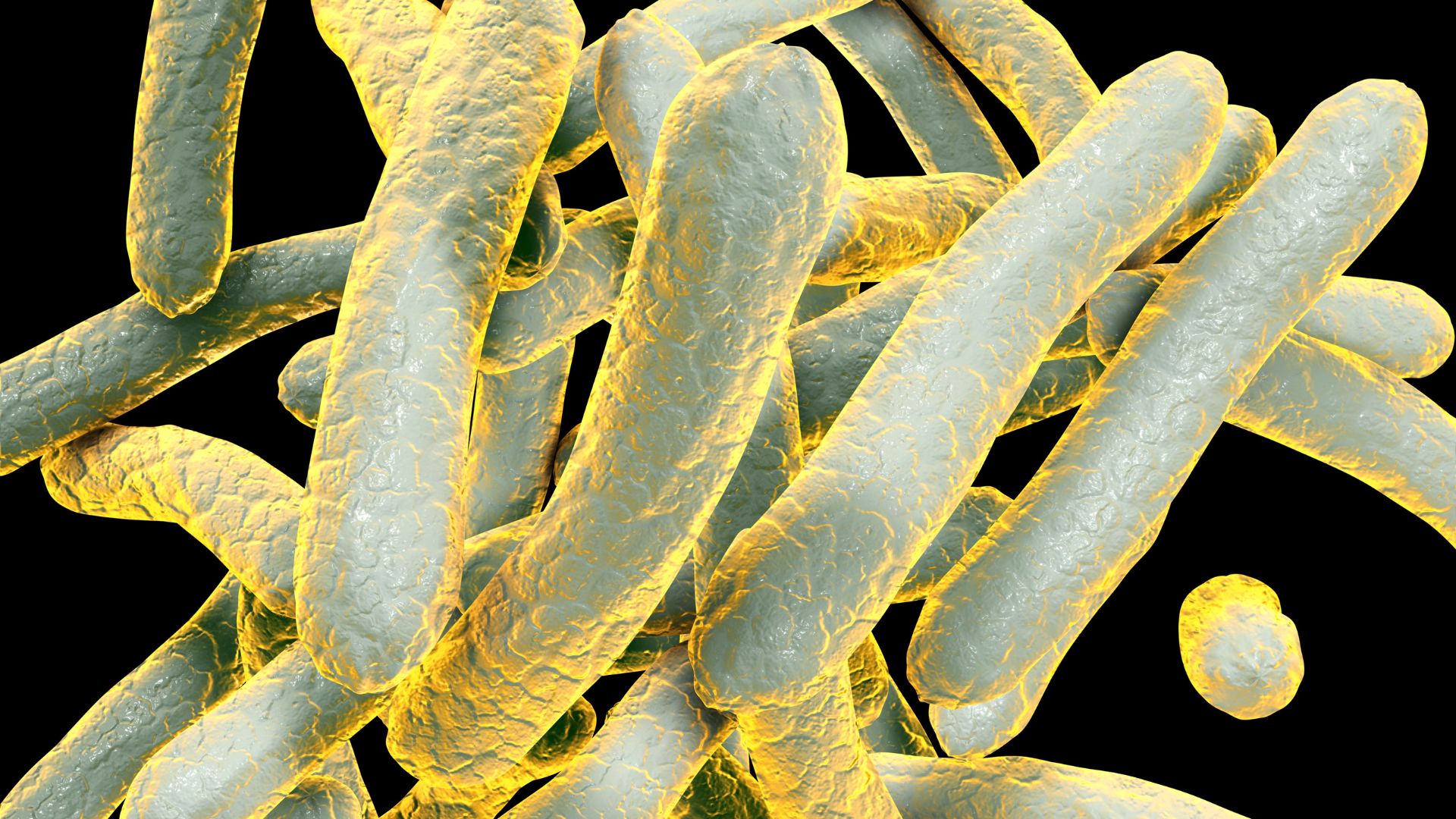Crops, Vol. 4, Pages 145-155: Hemp Seed Yield Responses to Nitrogen Fertility Rates
Crops doi: 10.3390/crops4020011
Authors: Swarup Podder Sanaz Shafian Wade E. Thomason T. Bain Wilson John H. Fike
Industrial hemp (Cannabis sativa L.) holds promise as a crop for more sustainable supply chains given its potential as a source of high-strength fibers, adsorbents, and nutrient-dense feedstuffs. Developing nutrient management guidelines for hemp will be an important part of optimizing the crop’s sustainability attributes. This study measured hemp seed yield in response to N fertilization rate (0, 60, 120, 180, and 240 kg N ha−1). Treatments were tested with four hemp cultivars (‘Joey’ and ‘Grandi’ in 2020, 2021, and 2022 and ‘NWG 2463’ and ‘NWG 4113’ in 2023) in Virginia. Nitrogen input influenced (p ≤ 0.0177) seed yield in all four experimental years, although the pattern of response varied substantially. In 2020, following delayed seeding, hemp showed a weak quadratic (p = 0.0113) response to N inputs, with peak yield (1640 kg ha−1) occurring with 120 kg N ha−1. In 2021, hemp displayed a strong linear (p < 0.0001) response to N inputs, with the highest seed yield (2510 kg ha−1) at 240 kg N ha−1. In 2022, a season characterized by low precipitation and high weed pressure, a weak, linear (p = 0.0111) response to the N rate was observed. The greatest seed yield (380 kg ha−1) was again observed with 240 kg N ha−1. In 2023, weed pressure remained an issue, but the response to N was strong and linear (p < 0.0001), with the greatest seed yield (831 kg ha−1) again measured at 240 kg N ha−1. These findings indicate hemp can be quite responsive to N inputs but that the magnitude of response is sensitive to other factors such as available soil moisture, weed pressure, and growing period.

 3 weeks ago
15
3 weeks ago
15


